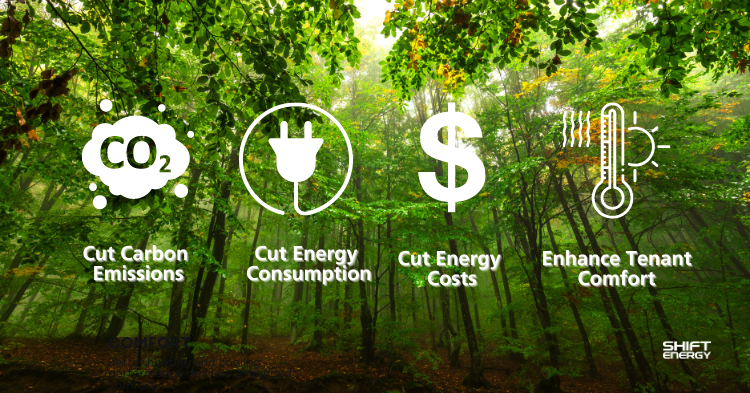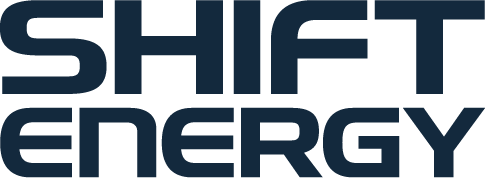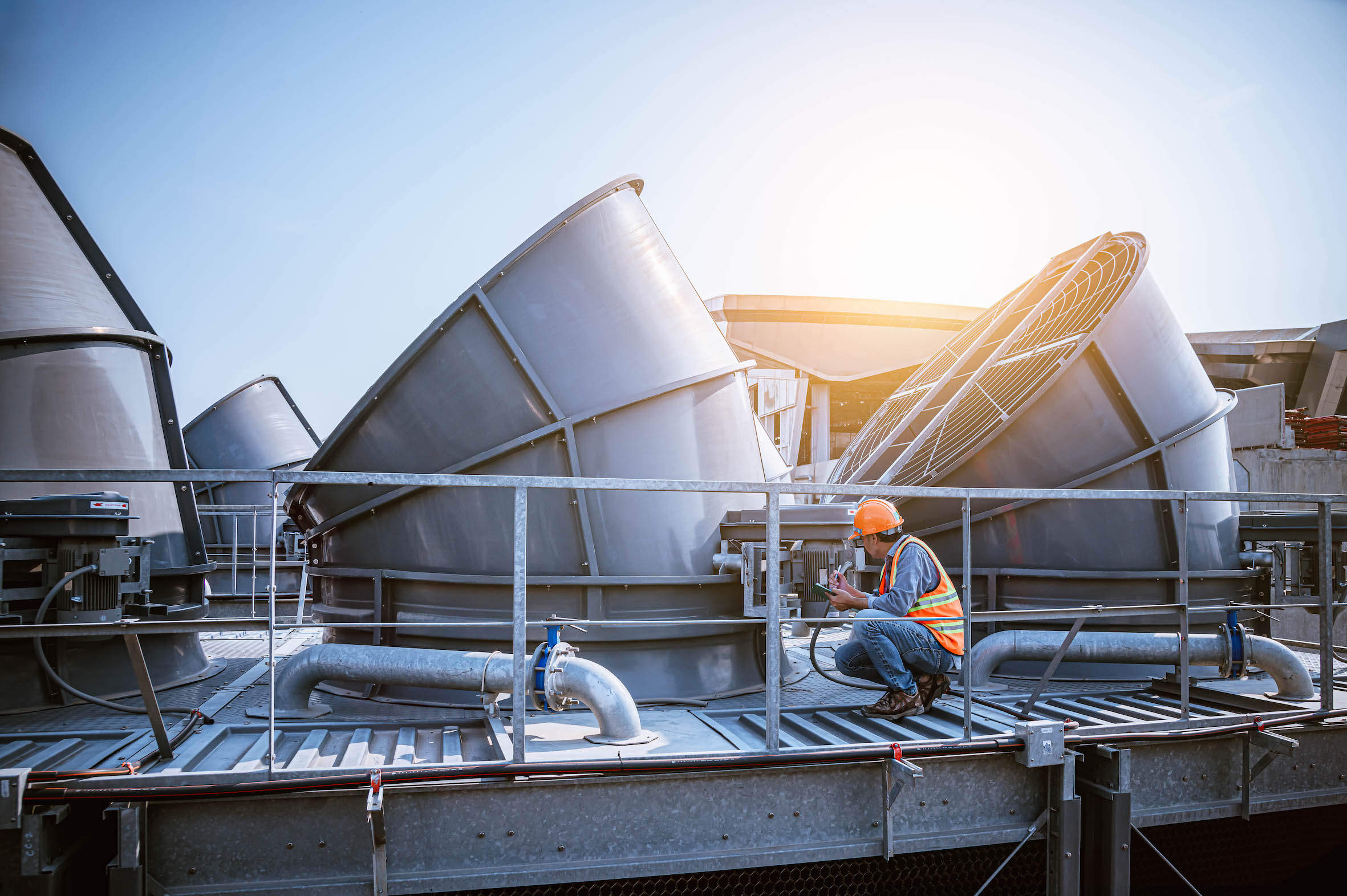What is the most sustainable form of energy?
Wind? Solar? Nuclear? Something more exotic?
The answer might surprise you. The most sustainable form of energy is the energy you do not use.
Think about it. Even solar energy, which accounted for 1,300 TWh of energy generated globally in 2022 according to IEA, eclipsing wind power for the first time, is not perfect. Solar panels require lots of energy to produce, they need hazardous chemicals, and recycling older solar panels poses risks and costs. That’s not to say we shouldn’t move forward with solar – it’s much better than many of the alternatives. But we must do so with our eyes wide open.
Compare the environmental costs associated with solar energy to the costs associated with energy efficiency – that kilowatt hour of energy that was saved can be considered pure environmental gain. No rare metals required, no hazardous waste produced, just less demand on our already overburdened grid and fewer GHGs entering our atmosphere. That is why so many businesses and utilities, like our friends at Ameren Missouri, are focused on driving new levels of energy efficiency in all aspects of their operations.
Buildings account for 30 percent of global final energy consumption and 26 percent of global energy-related emissions, according to IEA. The hard truth is we won’t reach our collective net zero goals without cutting energy consumption from buildings that exist today, particularly in areas with electricity generated primarily from fossil fuels like natural gas. That means our focus on energy efficiency must be as strong as our focus on renewable energy generation.
There is no “silver bullet” solution to the climate crisis. Rather, the answer lies in a mix of tactics – including energy conservation – that will deliver the reduction in GHG emissions we all want, and our planet desperately needs. Many large facilities – places like hospitals, college campuses or office towers – have struggled to cut energy used for heating and cooling without impacting occupant comfort.
No one wants a call from an angry, sweaty tenant.
Most Building Automation Systems (BAS) – with some notable exceptions – are designed to achieve two goals: operate HVAC equipment and ensure occupant comfort. It can be challenging to find new levels of efficiency with these control systems, meaning higher operating expenses and greater carbon emissions. When energy efficiency and sustainability wasn’t a corporate priority, that was a trade-off many were willing to make.
But not now.
Fortunately, building owners and operators don’t have to choose between comfort and energy efficiency.
A new generation of tools, led by SHIFT’s EOS product suite, can deliver significant energy savings while curbing carbon emissions, all without sacrificing occupant comfort. The SHIFT solution works with existing building control systems and HVAC equipment to make them operate much more efficiently. By boosting the performance of equipment that a building owner has already paid for, the SHIFT solution pays for itself well within two years, with the benefits persisting year over year.

With SHIFT, building owners can “do good and do well” – cutting operating costs while also reducing their environmental footprint. Working together, we can deliver that most sustainable form of energy – the avoided kWh.
Want to learn more? Drop us a note and let’s explore how SHIFT can help your building.

